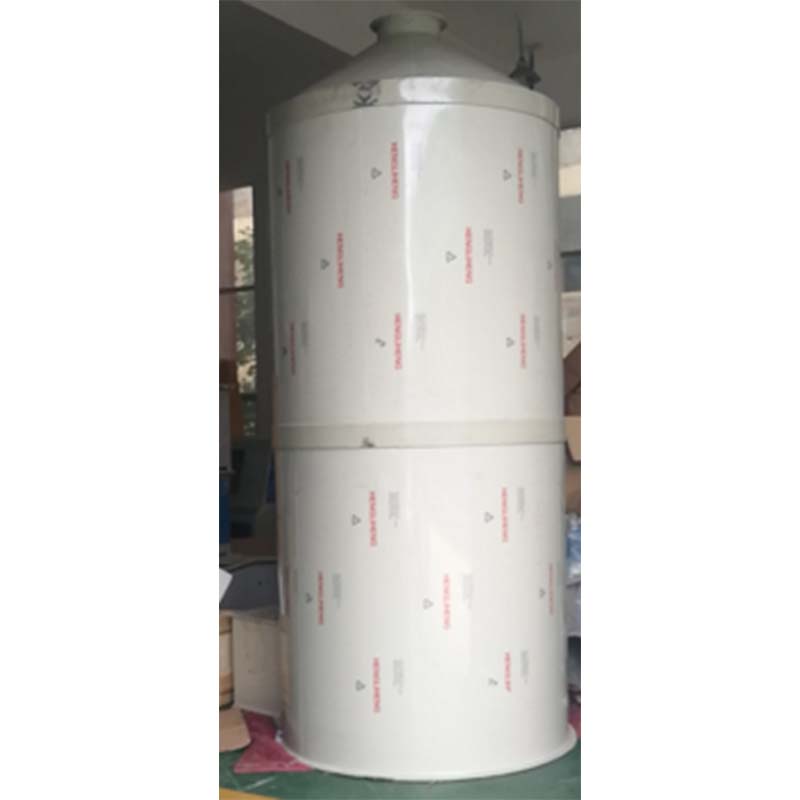clamps for tensile testers
Clamps for Tensile Testers An Essential Component in Material Testing
Tensile testing is a fundamental procedure in materials science and engineering, aimed at determining a material's mechanical properties such as tensile strength, yield strength, elongation, and modulus of elasticity. At the heart of the tensile testing process is the clamp, a critical component that secures the specimen during the test. The choice and design of clamps can significantly affect the accuracy and reliability of the test results. In this article, we will explore the different types of clamps used in tensile testers, their functionalities, and the considerations to keep in mind when selecting the right clamps for specific applications.
Types of Clamps
1. Mechanical Clamps These are the most common type of clamps used in tensile testing. They operate through a manual mechanism, such as a screw or lever, that tightens the specimen between two plates. Mechanical clamps are known for their simplicity and cost-effectiveness, making them a popular choice for laboratories. They provide a secure grip on the material, but the user must ensure that the specimen is tightened adequately to avoid slippage during testing.
2. Hydraulic Clamps For applications requiring high precision and consistency, hydraulic clamps are often preferred. These clamps utilize hydraulic pressure to securely grip the test specimen, offering a uniform clamping force across the entire specimen surface. This consistency minimizes deformation at the grip area, leading to more accurate test results, especially for brittle materials. However, hydraulic clamps can be more expensive and less portable than their mechanical counterparts.
3. Pneumatic Clamps Similar to hydraulic clamps, pneumatic clamps use air pressure to secure the specimen. These clamps are quick to operate and can be integrated into automated testing systems, making them suitable for high-volume testing environments. Pneumatic clamps are particularly effective for soft materials that require a gentler grip, as they can adjust their clamping force based on the material's characteristics. However, they require a reliable source of compressed air, which might limit their application in certain settings.
4. Wedge Grips Wedge grips are designed to accommodate various specimen widths and thicknesses, making them versatile for testing different materials. They use a wedge mechanism to lock the specimen in place, which provides a strong and secure grip. The design of wedge grips minimizes stress concentrations at the grip area, allowing for a more accurate representation of the material's properties. These grips are often used for high-strength materials where slip resistance is crucial.
Factors to Consider When Choosing Clamps
clamps for tensile testers

When selecting clamps for tensile testers, several factors must be taken into account
1. Material Compatibility The type of material being tested will influence the choice of clamps. For instance, softer materials may require clamps with a gentler grip to avoid crushing, while harder materials might necessitate robust mechanical or hydraulic clamps to ensure secure gripping.
2. Specimen Geometry The shape and size of the test specimen play a critical role in clamp selection. Some clamps are designed to accommodate specific geometries, such as round or flat specimens, while others may be more versatile.
3. Testing Environment The operational environment also impacts clamp choice. In environments with high levels of dust, moisture, or temperature fluctuations, clamps made from resistant materials or those with protective coatings may be necessary.
4. Precision Requirements For applications demanding high precision, such as research or quality control, investing in hydraulic or pneumatic clamps might be advisable due to their consistent gripping force and minimal deformation.
5. Budget Finally, the budget cannot be overlooked. While high-end hydraulic and pneumatic clamps offer superior performance, mechanical clamps can still provide reliable results at a significantly lower cost.
Conclusion
In conclusion, clamps for tensile testers are critical components that directly influence the accuracy and reliability of material testing outcomes. By understanding the different types of clamps available and the factors to consider when selecting them, users can ensure they achieve valid and reproducible results. Whether conducting research, quality control, or material development, the right clamps will enhance the efficacy of tensile testing processes and contribute to better material characterization.
-
Why the Conductor Resistance Constant Temperature Measurement Machine Redefines Precision
NewsJun.20,2025
-
Reliable Testing Starts Here: Why the High Insulation Resistance Measuring Instrument Is a Must-Have
NewsJun.20,2025
-
Flexible Cable Flexing Test Equipment: The Precision Standard for Cable Durability and Performance Testing
NewsJun.20,2025
-
Digital Measurement Projector: Precision Visualization for Modern Manufacturing
NewsJun.20,2025
-
Computer Control Electronic Tensile Tester: Precision and Power for the Modern Metal Industry
NewsJun.20,2025
-
Cable Spark Tester: Your Ultimate Insulation Assurance for Wire and Cable Testing
NewsJun.20,2025
 Copyright © 2025 Hebei Fangyuan Instrument & Equipment Co.,Ltd. All Rights Reserved. Sitemap | Privacy Policy
Copyright © 2025 Hebei Fangyuan Instrument & Equipment Co.,Ltd. All Rights Reserved. Sitemap | Privacy Policy
